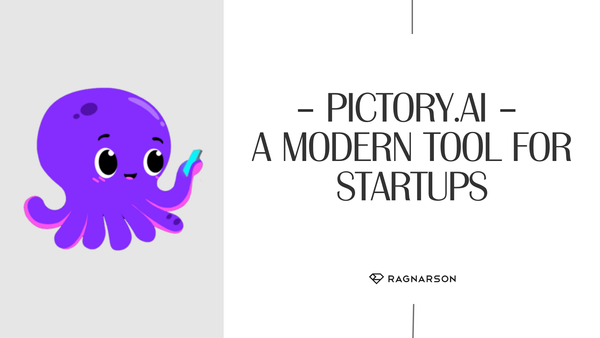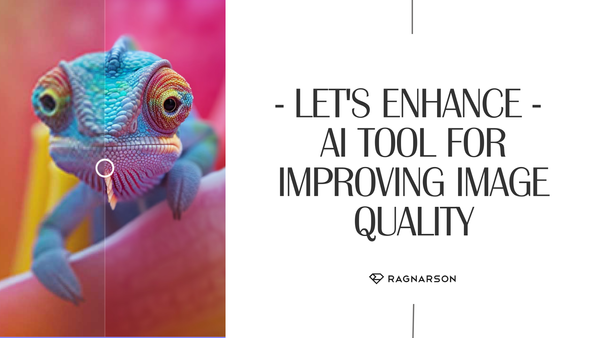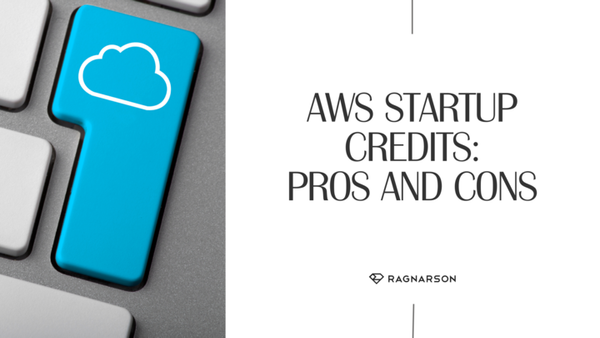Pictory.ai – A Modern Tool for Startups

Creating compelling visual content is crucial for all businesses. Pictory.ai streamlines this process by automating the creation of top-quality video materials. How can video contribute to effective advertising? What is Pictory.ai? Pictory.ai is an AI-powered tool that automatically transforms text, articles, blog posts, or scripts into system-generated








